- ID
- С-I-907
- Author
- Johann (Jan) Pfister
- Name
- Cherub's Head
- Date of creation
- 17th c.
- Technique
- carving
- Material
- wood levkas gilt
- Dimensions (height x width x depth, cm)
- 22 x 23.5 x 10.5
Other
-

Portrait of Wincenty Rzewuski
unknown
-

Portrait of a Woman
Leopold Levytskyi
-

Portrait of a Lady With Fauns (Portrait of the Artist's Wife with Two Fauns)
Jacek Malczewski
-

Time of War Series
Volodymyr Budnikov
-
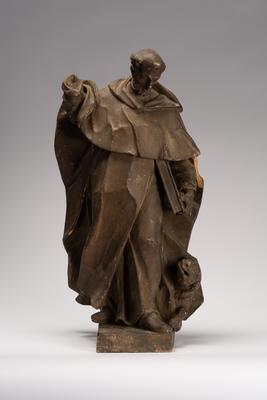
Saint Dominic
unknown (Austrian School)
-

Discovery of Erichthonius
unknown (Flemish School)
-

Duckling
Yaroslava Muzyka
-
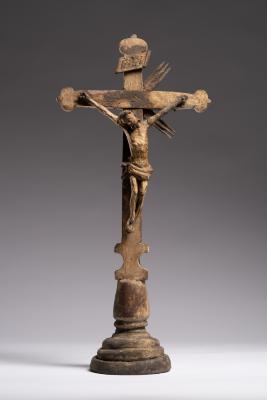
Altar Crucifix
unknown folk sculptor
-
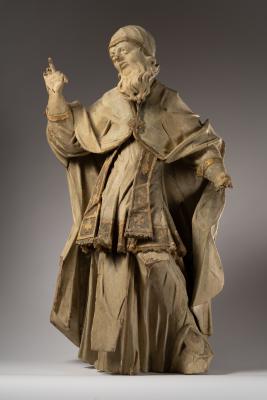
Figure of a Pope
unknown
-
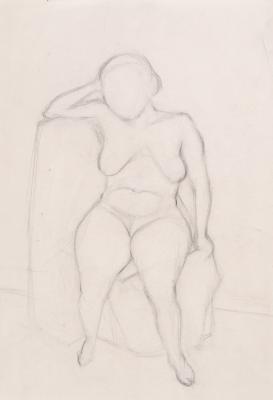
Nude Act
Yaroslava Muzyka
-
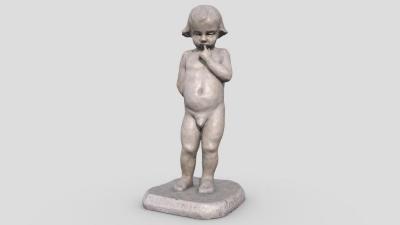
To Be Or Not To Be? (Boy)
Stanislaw Kowalski
-
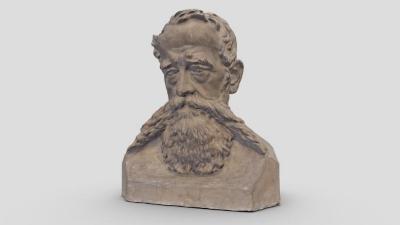
Bust of Franciszek Smolka
Tadeusz Blotnicki
-
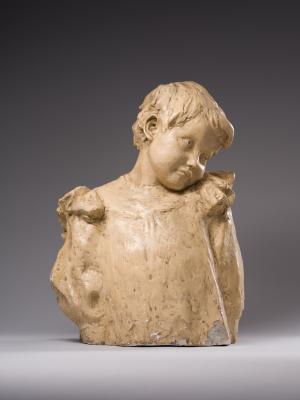
Bust of a Girl
Wlodzimierz Fryderyk Konieczny
-
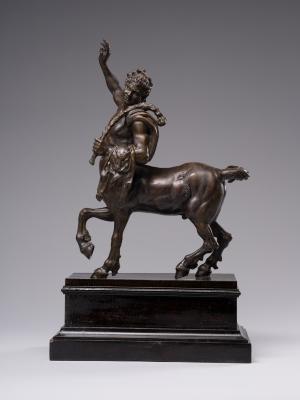
Centaur (copy)
unknown
-
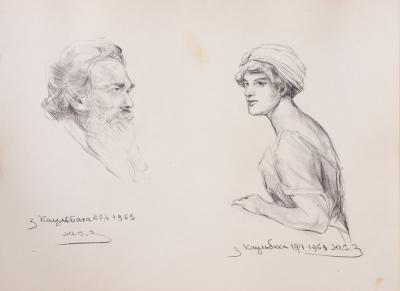
Drawings: a Man's Head and a Bust Portrait of a Woman
Yulian Zaiats
-
View
the entire collection


